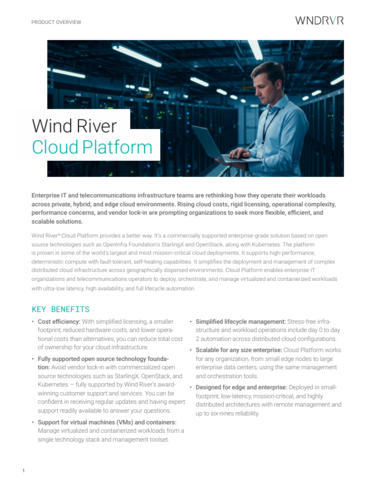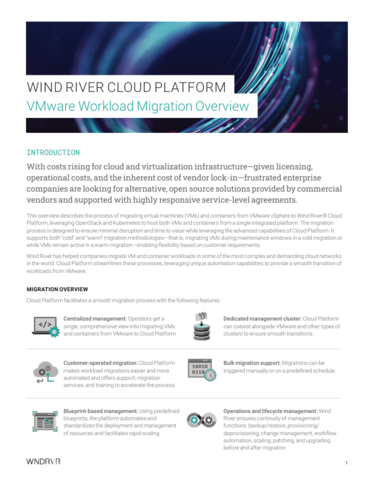Escaping the legacy trap

Steve Neat at Solidatus describes how companies are working around their legacy technology to keep in line with regulations, while avoiding operational disruption
The challenges faced by organisations dealing with fragmented and often siloed IT environments of legacy software are well-documented. For highly regulated industries like banking and healthcare, where compliance is non-negotiable, legacy technology presents a major challenge.
Many of these organisations rely on mainframes and on-premises servers that were never designed to handle today’s enormous data volumes. They also often rely on largely manual processes, with teams of data analysts using spreadsheets to track data in an attempt to hit compliance targets. This approach results in higher costs, slower decision-making, and an increased risk of human error.
The cost and risk of replacing legacy systems outright can be prohibitively expensive. Indeed, sometimes legacy systems function adequately, meaning they don’t merit wholesale replacement; but as incoming regulations require greater visibility, better systems are needed to meet these requirements, and organisations need to find a solution. Software is the answer. Software solutions include the use of middleware, data virtualisation and robotic process automation.
Digital maps for data gaps
As organisations build out this patchwork of new technologies, adding cloud services, AI and whatever else that comes along next, they need to build them with flexibility and transparency in mind.
The days of monolithic IT systems are long gone. Organisations today and into the future are effectively rewiring infrastructure on an on-going basis which is why there is an increasingly strong requirement (from a business and regulatory standpoint) for solutions that can very accurately track the flow of data from its origin through its entire lifecycle, including how it is transformed, stored and, ultimately, used.
Data infrastructure is becoming increasingly complex and nuanced, making this flow more challenging to understand and govern. A digital map or twin of the data assets and processes connected to running systems that could simulate the impact of change. Access to this sort of tool would solve a lot of these challenges.
This solution comes in the form of something called ‘data lineage’, a term which has been around for decades but really started to gain traction in the late 1990s and early 2000s when volumes of data being generated began to explode. Software designed for highly regulated, technically very complex industries, data lineage gives organisations the digital map they need to understand where data comes from, how it flows and the quality, ownership, and whether it’s fit for purpose is necessary so that key stakeholders across the business can make more informed decisions.
For example, how do you know in a bank, that the margins you’re reporting are accurate? These are the end results of calculations from disparate sources. You need to prove that your margin calculations are correct and rely on accurate data from the IT team. If someone makes a change in a single application, it may impact the end result. It isn’t just an IT issue, but crucial for business stakeholders and decision makers.
Data lineage uses connectors across these multiple sources and systems to automatically capture metadata from databases, data schemas, ETL processes, without needing to look at the data itself. It then stitches this all together to provide different analysis, visualisation, and compliance reporting on what’s actually happening to the data.
The regulatory requirements are just as important. Organisations are increasingly being required to demonstrate transparency in their data management practices. Consider the requirement to comply with BCBS 239 regulations in financial services. These regulations require banks to have a complete and accurate view of their risk data.
However, many banks operate on legacy technology which makes it extremely challenging. So challenging in fact that according to PWC only two out of 31 assessed Global Systemically Important Banks (G-SIBs) are fully compliant with the BCBS 239 principles. Despite the fact that the deadline for compliance was set at 2016.
Data lineage in action
When HSBC began a multimillion-dollar Wholesale Credit Lending (WCL) transformation program, it had three key outcomes in mind: Reducing time to decision from months to minutes, reducing time to distribute funds to customers from months to hours, and protecting and preserving by enhancing their risk management controls.
But it faced a major challenge, it lacked a comprehensive understanding of its data, making it impossible to develop an effective migration strategy and achieve ambitious targets.
As a result of implementing an advanced data lineage solution, HSBC now has a comprehensive understanding of all data requirements across the wholesale credit lending book, the team can identify process gaps and inefficiencies, ensuring consistent use of data improving customer experience. Plus, dynamic visualisation of the data landscape enables the bank to adapt and scale in response to incoming regulations and organisational changes.
Ultimately, the key to escaping the legacy technology trap lies in a proactive, strategic approach, one that prioritises continuous modernisation, robust data governance, and flexible architectures. While legacy systems may not be disappearing anytime soon, businesses that take the right steps today can ensure they remain compliant, efficient, and competitive in the years to come.
Steve Neat is Chief Revenue Officer at Solidatus
Main image courtesy of iStockPhoto.com and mikkelwilliam

Business Reporter Team
Related Articles
Most Viewed
Winston House, 3rd Floor, Units 306-309, 2-4 Dollis Park, London, N3 1HF
23-29 Hendon Lane, London, N3 1RT
020 8349 4363
© 2025, Lyonsdown Limited. Business Reporter® is a registered trademark of Lyonsdown Ltd. VAT registration number: 830519543





